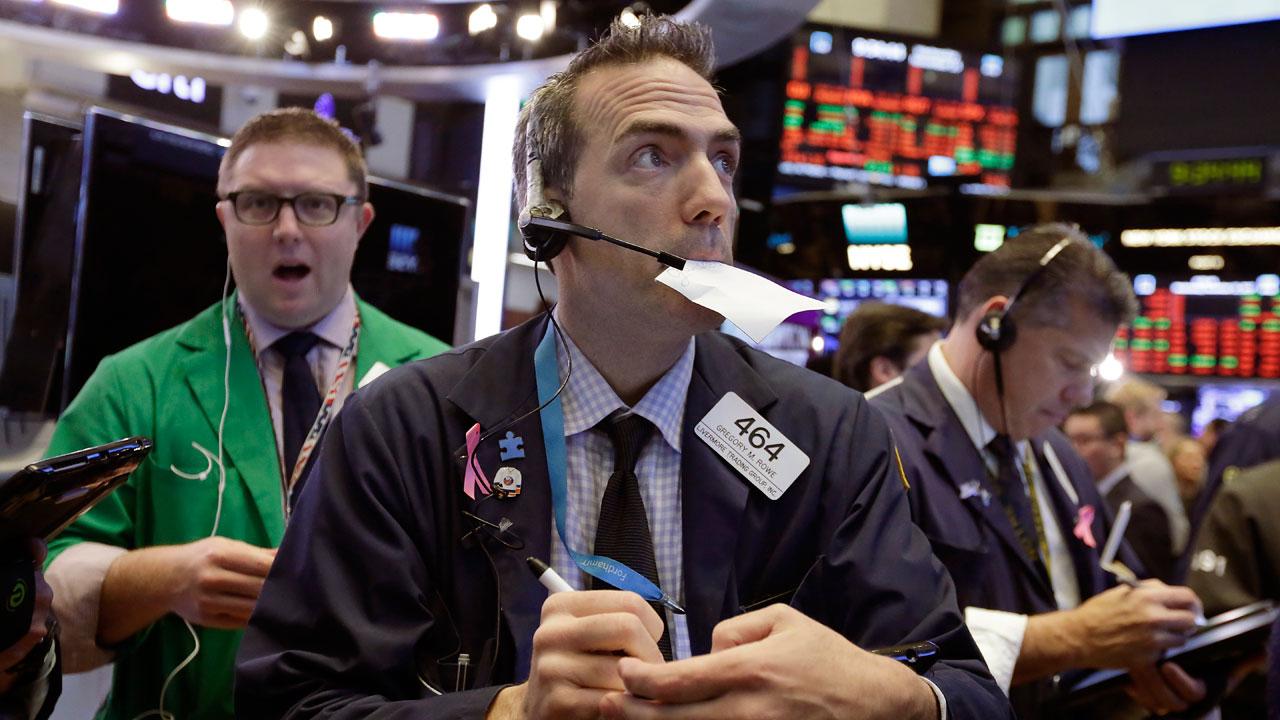Divergence between US stocks and foreign markets worrying investors
Was Scott Minerd patently wrong earlier this month with his bearish predictions for the U.S. stock market, as Wall Street rises to fresh records and continues to outperform international peers by a wide margin?
This isn't a rhetorical question, but a genuine query as Wall Street investors enter the final throes of the dog days of summer.
About two weeks ago, the chief investment officer of Guggenheim Partners wondered aloud, via Twitter, (hether the market's optimism about stocks was misplaced: "If there were ever a moment to harvest gains and reduce risk, it is August 2018. And if it turns out not to be the moment, I don't think you are giving up much upside," Minerd wrote.
With one full week remaining, the Dow Jones Industrial Average has gained 1.5% in August, the S&P 500 index is up 2.1%, and the Nasdaq Composite Index has advanced about 3.6%.
To be sure, those gains could be swiftly eradicated, particularly during a low-volume stretch in the market that is easily influenced by the vagaries of headlines on tariffs, White House drama and other perceived maladies that are buffeting regions of the globe. That said, the recent advances appear to be nothing to turn one's nose up at.
At its current pace, stock benchmarks are poised to produce the best August returns - -a notably volatile month -- in four years.
On top of that, the S&P 500 on Friday booked its first record close since Jan. 26 and the Nasdaq Composite and small-capitalization Russell 2000 index joined the broad-market benchmark at all-time highs.
What's more, the Dow Jones Transportation Average is 1.3% short of its all-time peak hit on Aug. 21, while the Dow is 3.1% shy of its Jan. 26 record top, which ought to provide some comfort to Dow theorists who believe that the tandem moves of Wall Street's oldest gauges can provide bullish and bearish clues about the market's outlook.
Sectors that had underperformed at the start of August picked up steam in the month, with consumer discretionary (XLY) among the best performers among the S&P 500's 11 sectors so far this month, along with telecommunications, information technology and health-care stocks also rising.
All that winning for the market has come just days after the bull market in stocks, by one measure, became the longest on record.
Global stock divergence
Against that backdrop, investors have recently been calling out a divergence between U.S. stock performance and that of the rest of the world.
Year to date, "the U.S. is up $1.897 trillion, as foreign markets are down $1.523 trillion," wrote Howard Silverblatt, senior analyst at S&P Dow Jones Indices in a Saturday research note.
How the market squares that circle will determine whether Minerd's forecast is accurate. Poor performance in the rest of the world can eventually wash up on U.S. shores. That is a point that has come into greater focus amid concerns about the Turkish lira's plunge and amid worries about Italy's economy.
Uneasiness about weakening economic performance abroad, midterm elections, trade negotiations between the U.S. and China, and concerns that the differential between the rates of short-term and long-term Treasury debt, specifically the 2-year Treasury and the 10-year Treasury notes, known as the yield curve, could presage an economic slowdown, have persisted.
Dallas Fed President Rob Kaplan, speaking at the Jackson Hole, Wyoming, symposium of central bankers on Thursday, said the yield curve is telling him that the market has "sluggish"expectations for longer-term growth even though the economy is growing at its best pace in years.
"The shape of the curve tells me that the medium-term outlook is a little bit more sluggish than the short-run economic indicators would suggest," Kaplan said.
Other market participants agree.
"The 10-year US Treasury yield is indicating some fear among investors," wrote Kristina Hooper, chief global market strategist at Invesco at the start of the week.
Meanwhile, the accuracy of Minerd's prediction for August may be of less importance than his warning about investors being too complacent amid so many swirling variables that could deliver a sudden and lasting blow to the market.
Thus far, however, it is the current bull market that has proven lasting and durable.
What key data are ahead?
Monday
Tuesday
Wednesday
Thursday
Friday

